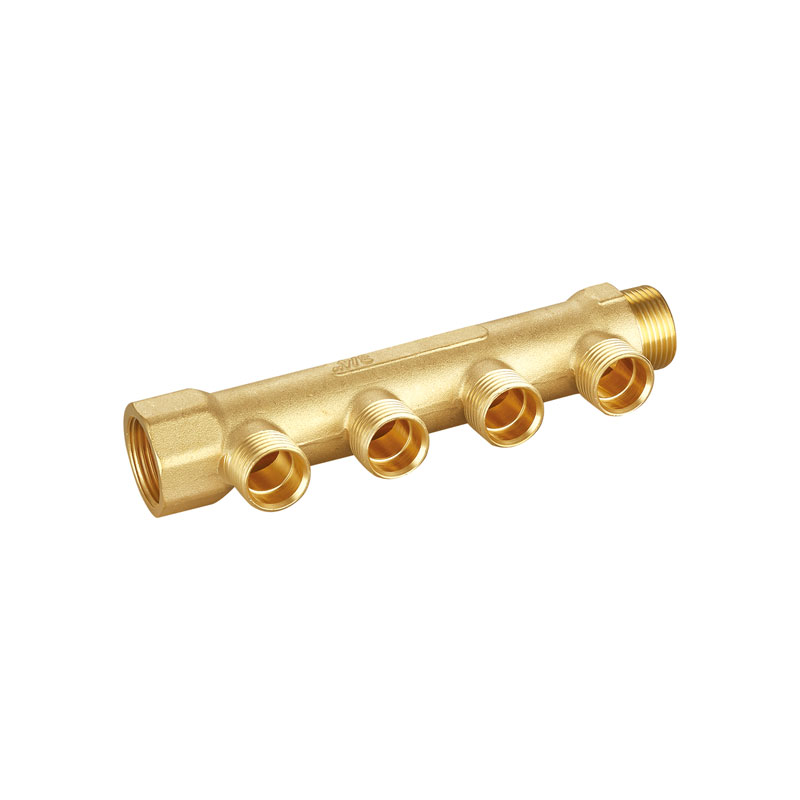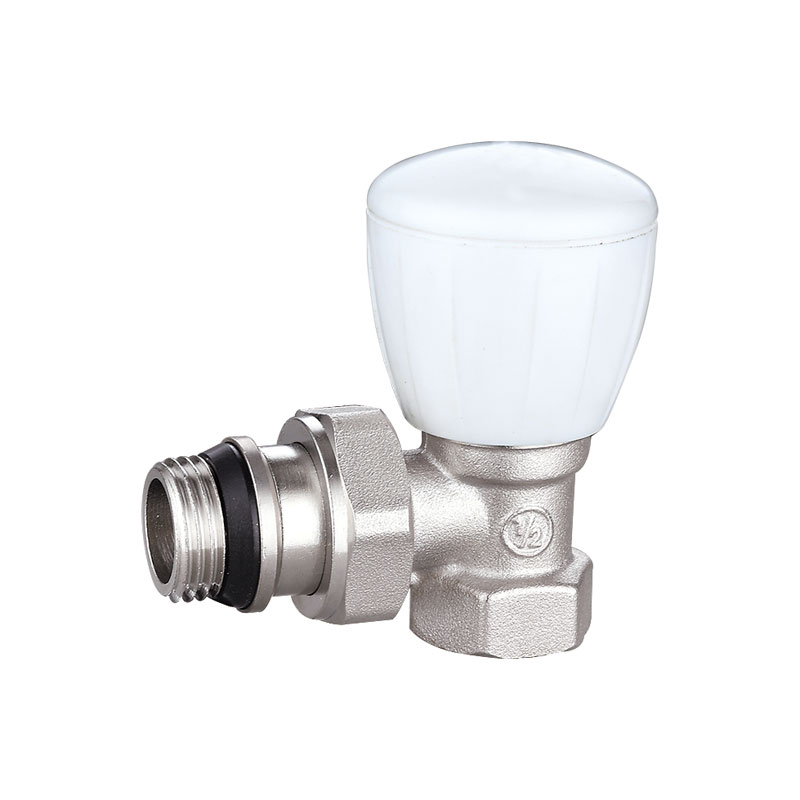Brass is also called copper-zinc alloy, commonly known as notoginseng brass, which is the ratio of zinc to pure copper. It is widely consumed because of its good mechanical properties and processability. Brass globe valves are widely used in marine valves. It has the advantages that ordinary globe valves do not have. Globe valve refers to a valve in which the closing member (disc) moves along the centerline of the valve seat. According to this movement of the valve disc, the change of the valve seat port is proportional to the valve disc stroke. Because the valve stem of this type of valve has a relatively short opening or closing stroke, and has a very reliable shut-off function, and because the change of the valve seat port is proportional to the stroke of the valve disc, it is very suitable for flow regulation. Therefore, this type of valve is ideal for shut-off or regulation as well as throttling.
Once the disc of the globe valve is removed from the closed position, there is no longer any contact between its seat and the sealing surface of the disc, so the mechanical wear of its sealing surface is very small, so its sealing performance is very good, the disadvantage is that Particles in the flowing medium may be trapped between the sealing surfaces. However, if the valve disc is made of steel balls or porcelain balls, this problem will be solved. Since the seat and disc of most globe valves are relatively easy to repair or replace, and the whole valve does not need to be disassembled from the pipeline when repairing or replacing the sealing element, it is very suitable for the occasion where the valve and the pipeline are welded together.
The minimum flow resistance of globe valves is also higher than most other types of valves due to the change in the flow direction of the medium as it passes through these types of valves. However, depending on the valve body structure and the placement of the valve stem relative to the inlet and outlet passages, this situation can be improved. At the same time, due to the small stroke between the opening and closing of the stop valve, the sealing surface can withstand multiple openings and closings, so it is very suitable for occasions requiring frequent opening and closing.
Globe valves can be used in most media process systems. Various forms of Nickel plated brass water bib tap globe valves have been developed to meet various uses in petrochemical, electric power, metallurgy, urban construction, chemical and other sectors.
The use of globe valves is very common, but due to the large opening and closing torque and the long structure length, the nominal diameter is usually limited to less than 250mm, and some are up to 400mm, but special attention should be paid to the direction of inlet and outlet when selecting. Generally, most of the globe valve medium below 150mm flows in from the bottom of the valve disc, while most of the globe valve medium above 200mm flows in from the top of the valve disc. This is due to the closing torque of the valve. In order to reduce the opening or closing torque, generally, globe valves above 200mm are equipped with internal bypass or external bypass valve.

 languages
languages

 English
English русский
русский












